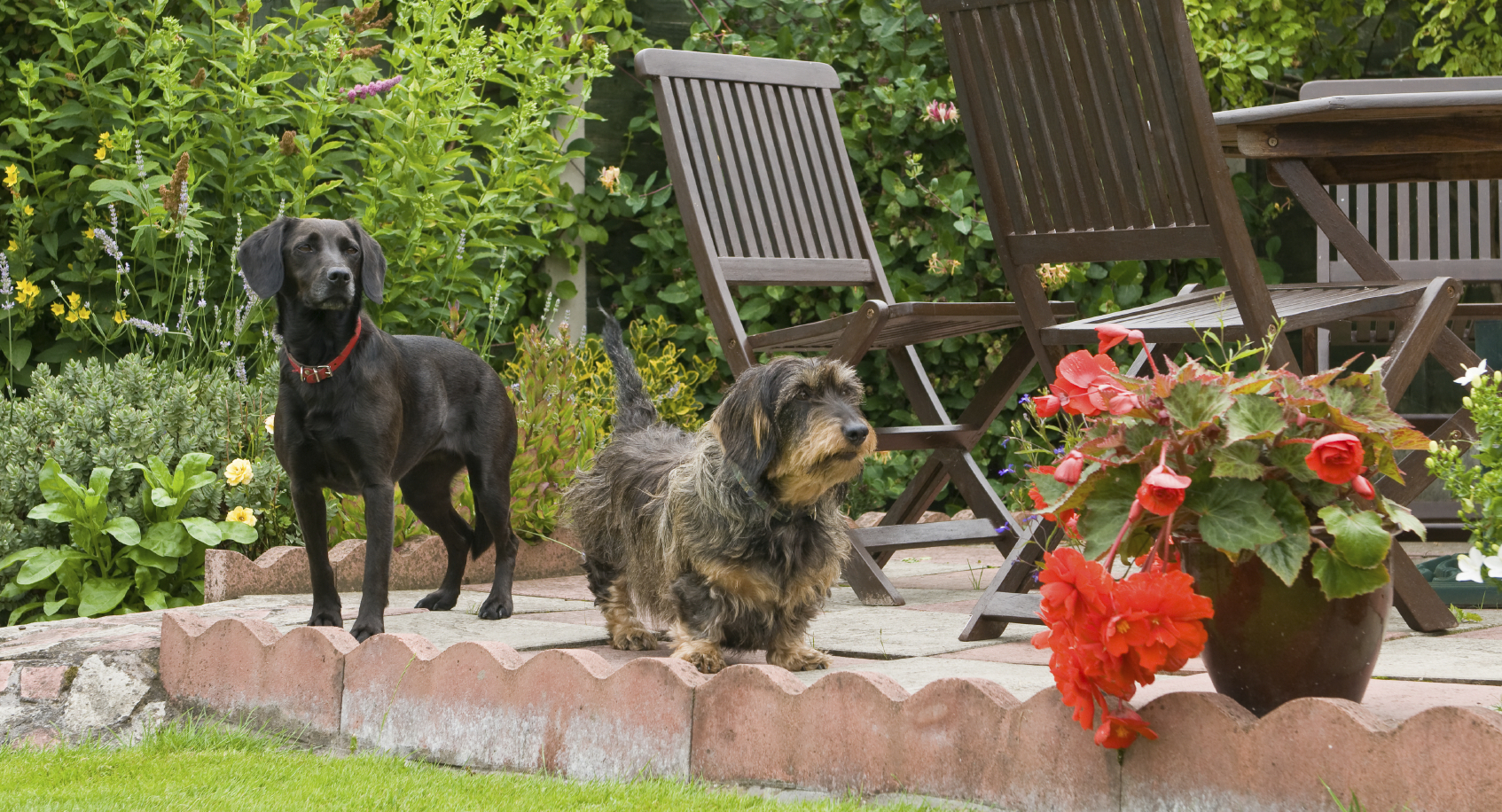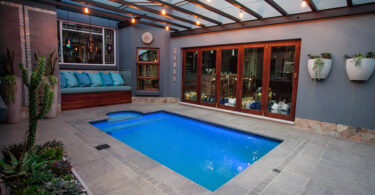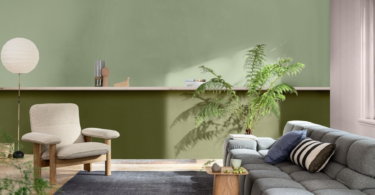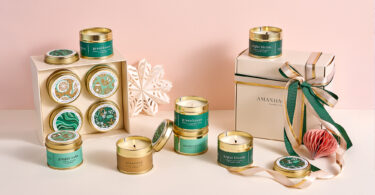Most homeowners think they have to sacrifice the one for the other when it comes to having a dog and a beautiful garden. But you can have both if you’re smart about it…
Know what you’re in for – From terriers (diggers) to retrievers (love to run and swim), every canine breed has unique personality traits and needs. The better you can accommodate your dog’s innate nature, the happier he will be and the better your chance of maintaining your garden. Hand in hand with understanding your breed is putting some effort into training your pooch. You can’t expect a dog to understand the rules of the garden without general obedience basics like ‘stay’, ‘sit’, ‘come’, ‘lay down’, etc.
Have a planting plan – Go big from the start and plant a lot together. Large shrubs and trees have less fragile root systems and won’t be as readily devoured as smaller bushes. Try to avoid having bare soil – it’s an open invitation to dig – by planting hardy groundcovers between larger woody plants or mulching your beds. Massing shrubs and ornamental grasses close to one another will create a barrier that most dogs would rather walk around than through. Plants near paths should be contact-friendly with soft foliage free from spines, thorns and barbs that could cause injury. If you have plants that are just getting established, put up temporary fencing. When you remove it, add a rock border or something similar as a reminder that it’s a no-go area. A permanent enclosure is recommended for herb or vegetable gardens. Or you could try growing vegetables, herbs and other ‘more fragile’ plants in containers or raised beds. Safety tip – don’t leave sharp garden tools lying around after planting that could hurt a curious canine.
Avoid toxins – Many environmentally-friendly fertilisers contain fish and poultry by-products, blood meal and bone meal, which are very appealing to dogs and can cause digestive problems if consumed. Try to keep your dog away from newly-fertilised lawns and beds until the product has dissolved (usually 24 hours). Alternatively, consider organic liquid fertilisers. Also store these products well out of your pooch’s reach. Some common plants are harmful if eaten, like azaleas, so do your homework in this department (there are many online resources that list poisonous varieties). Get rid of any wild mushrooms, fence off compost heaps, and only use baits for slugs, snails, ants, mice and other pests if you absolutely have to – and put them somewhere your dog can’t reach.
Pave the way – If your dog keeps walking the same routes through the garden and across the lawn, consider creating permanent walkways there using paw-friendly materials such as smooth pavers, stepping stones, bricks, gravel, slate, railway sleepers or splinter-free wood chips – basically anything that doesn’t have sharp edges, can cause splinters, will cling to fur or that gets too hot to walk on.
Fence it off – Fencing in a garden is good idea for a number of reasons. For one, it keeps your dog safely in your yard. It also helps to protect your most-prized plants. Areas that are better off with a fence around them include fragile flowerbeds, herb and vegetable gardens, thorny plants, compost heaps, muddy spots, fishponds, swimming pools and entertainment areas. If you erect a perimeter fence, make sure it’s high enough that your dog can’t jump over it (1.3m is usually adequate, but larger, more athletic breeds may need a fence as high as 1.8m). In terms of fencing materials, choose something that flows with the overall style of your garden and home. Many dogs get frustrated if they can’t see through a fence or wall, which can lead to digging and non-stop barking. Incorporate gaps, but make sure your dog can’t squeeze through them or get his head stuck. For dogs that try to tunnel their way under the fence, install an underground barrier such as poured concrete. For safety’s sake, check your fence regularly for tunnelling or holes and make sure your dog wears a collar with an ID tag or have him chipped for peace of mind.
Offer water and shelter – Dogs need plenty of fresh water daily. Sure, a water bowl will do, but why not use the opportunity to add a water feature to your garden that your dog can get to. If you have a pool or pond, make sure that your dog is able to get out easily (via steps or a sloping side) should he fall in. In terms of shade and shelter, a sprawling tree will do the trick, but so will an awning, pergola or arbour – which will also add to the overall aesthetic of the garden. Every dog loves to have his own house or kennel, but it doesn’t have to be your standard-issue wooden or plastic box. Think creatively and custom-make a doghouse that matches the surroundings and your home’s architectural style. An enclosed patio or deck area will offer an escape from the rain.
Pay attention (and don’t sweat the small stuff) – A bored dog that is frequently left alone will quickly start uprooting your pansies. The solution? Play with him, take him for walks, buy him chew toys, etc. That said, having a dog means having a friend that loves you unconditionally, so don’t completely lose it if he digs up a flower or two, knocks over your potted lavender or runs through the house with muddy paws. He’s worth far more than any of that!











Leave a Comment